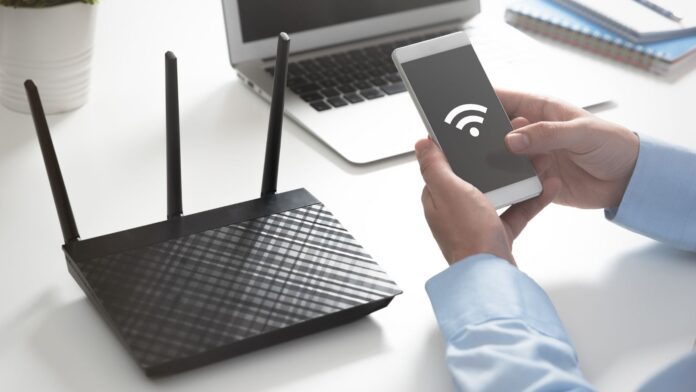Are you tired of experiencing slow or weak Wi-Fi signal at home? Well, look no further! In this article, I’ll share some practical tips on how to boost your Verizon Wi-Fi signal and enjoy faster internet speeds right from the comfort of your own home.
One common reason for a weak Wi-Fi signal is the distance between your devices and the router. To improve coverage, consider repositioning your router to a more central location in your house. This will help ensure that the signal reaches all areas evenly and reduces interference from walls or other obstructions.
Another way to enhance your Verizon Wi-Fi signal is by adjusting the wireless channel on your router. By default, most routers are set to automatically select a channel. However, this can sometimes result in congestion if multiple nearby networks are using the same channel. Access your router settings and manually select a less crowded channel to optimize performance.
How to Boost Verizon Wifi Signal at Home
One of the key factors that can affect your Verizon WiFi signal strength is the placement of your WiFi router. To ensure optimal coverage throughout your home, it’s important to position your router in a central location. This will help reduce signal interference and improve overall connectivity.
Here are a few tips for finding the right spot:
- Place your router on an elevated surface: By elevating your router, you can enhance its range and minimize obstructions.
- Keep it away from walls and obstructions: Walls, furniture, and other obstacles can weaken the WiFi signal. Try to position your router away from these barriers to maximize coverage.
- Avoid interference from other devices: Keep your router away from cordless phones, baby monitors, microwave ovens, and other electronic devices that may interfere with the WiFi signal.
Upgrade Your Verizon WiFi Router
If you’re still experiencing weak WiFi signal despite optimizing its placement, it might be time to consider upgrading your Verizon WiFi router. Newer models often come equipped with advanced technologies that can significantly boost signal strength and provide better coverage.
When choosing a new WiFi router, look for features such as:
- Dual-band capability: Dual-band routers operate on both the 2.4GHz and 5GHz frequency bands, offering faster speeds and less congestion.
- Multiple antennas: Routers with multiple antennas can provide stronger signals in different directions, improving coverage throughout your home.
- Beamforming technology: This feature allows the router to focus its signals directly towards connected devices for better performance.
Before making a purchase decision, check with Verizon to see if they offer any recommended routers or if there are specific compatibility requirements for their services.

Reduce WiFi Interference for Better Signal Strength
WiFi interference can have a significant impact on signal strength and overall network performance. By minimizing sources of interference, you can improve your Verizon WiFi signal. Here are some steps you can take:
- Keep your router firmware up to date: Regularly updating your router’s firmware ensures that it has the latest bug fixes and performance enhancements.
- Change the WiFi channel: If you live in a densely populated area with many WiFi networks, changing the channel on your router can help reduce interference and improve signal quality.
- Use a wired connection for bandwidth-intensive activities: For tasks like streaming HD videos or online gaming, consider using an Ethernet cable to connect directly to your router.
When it comes to boosting your Verizon WiFi signal at home, finding the optimal location for your router is key. The placement of your router can greatly affect the strength and coverage of your WiFi network. Here are a few tips to help you find the best spot:
- Centralize it: Position your router in a central location within your home. This will help ensure that the WiFi signal reaches all areas evenly and reduces any dead zones or weak spots.
- Elevate it: Place your router in an elevated position, such as on a shelf or mounted on a wall. By doing so, you can minimize obstructions like furniture or walls that can interfere with the signal strength.
- Avoid interference: Keep your router away from other electronic devices that emit signals, such as cordless phones, baby monitors, and microwave ovens. These devices can cause interference and weaken your WiFi signal.
- Reduce obstacles: Try to place your router away from thick walls and large objects that may obstruct the signal. Additionally, avoid placing it near metal surfaces or reflective materials as they can reflect and scatter the wireless signals.
- Experiment with angles: Adjusting the angle of your router’s antennas might improve signal reception in certain directions. Tilt them vertically or horizontally to see if there’s any noticeable improvement in coverage.
Remember that not all routers support antenna upgrades, so it’s important to check if yours has removable antennas before making any purchases.


